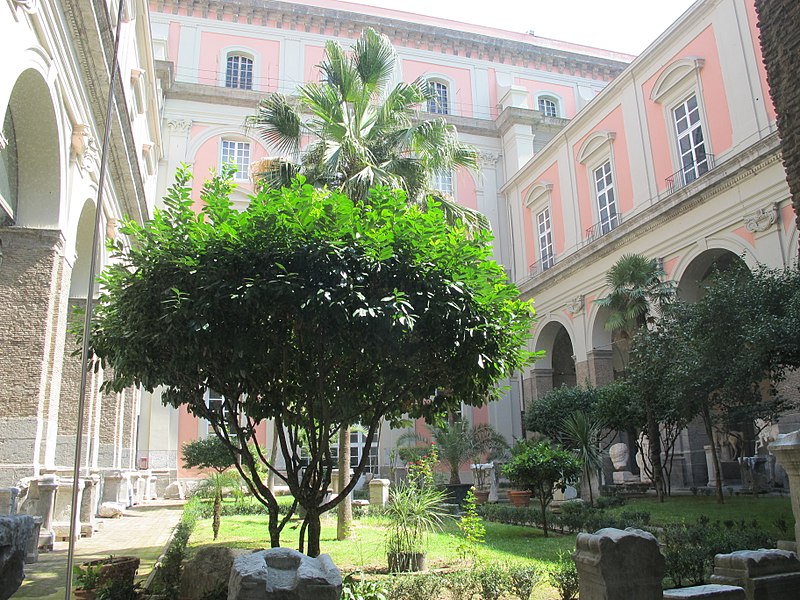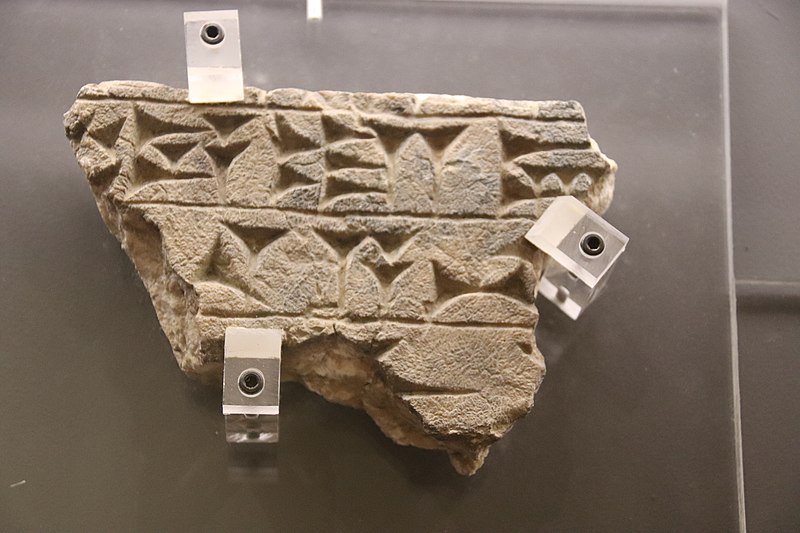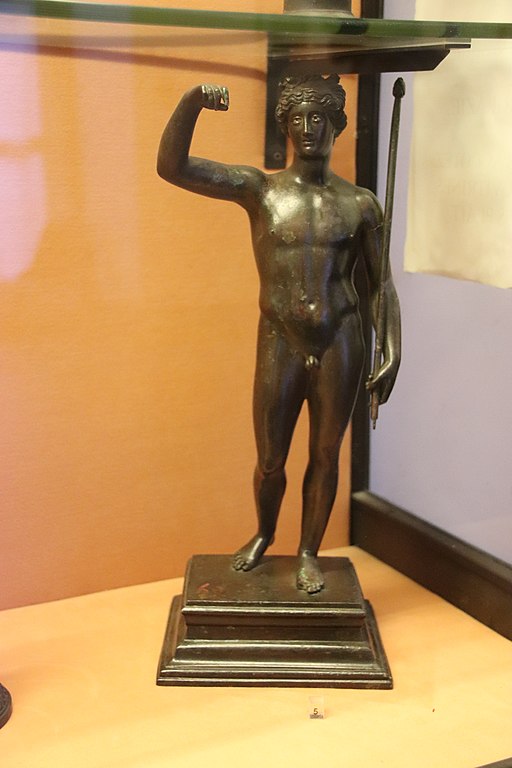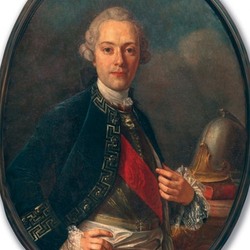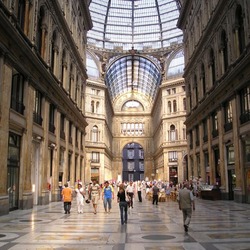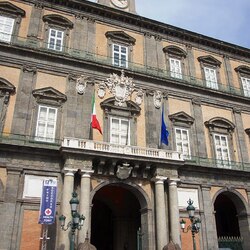Neapol Archaeological Museum
The Archaeological Museum of Naples has one of the most extensive collections dedicated to the history of the Roman Empire. Here you can see unique exhibits that were found during the excavations of the cities of Pompeii, Herculaneum, Stabiae.
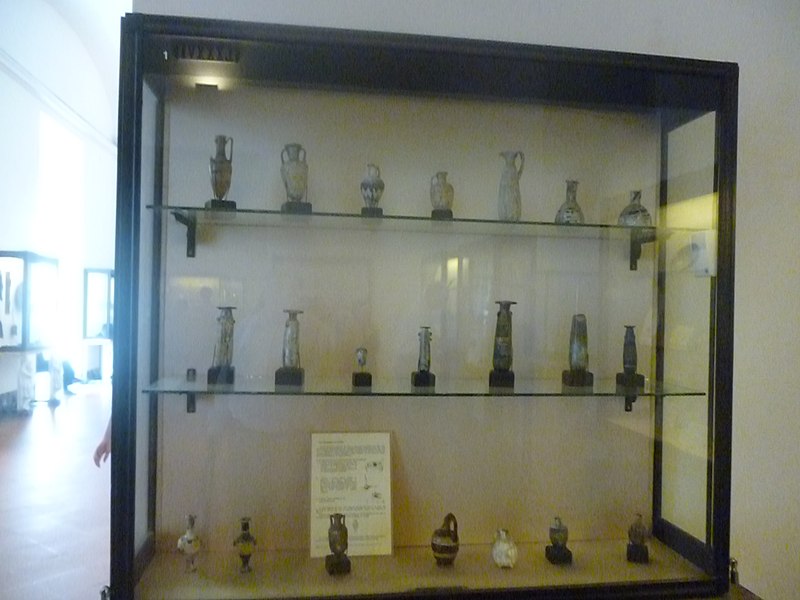
History of the museum
The building of the Archaeological Museum of Naples was built in 1615 and housed the University of Naples until 1777. In 1816, the Royal Museum of Naples was officially opened in the building of the former university. King Ferdinand I had a hand in opening the museum, he collected many exhibits, adding to them the collection of his mother, Queen Catherine Farnese. The number of valuable historical objects has become so large that new areas were needed to accommodate them. In the 19th century, the collection of the Archaeological Museum of Naples was constantly replenished thanks to excavations in Campania. In 1860, the museum became a state museum and became known as the National Museum.
Until 1957, the museum had an art gallery, but it was moved to the Capodimonte Museum, and the museum received its current name, the National Archaeological Museum of Naples.

Exhibition of statues of the Greco-Roman period
The ground floor of the building is occupied by unique works by sculptors of the ancient period, located on both sides of a spacious hall equipped with benches, fountains and rich vegetation. From this courtyard, visitors can head to the Fountain Garden, located on the right, or to the Camellia Garden, which is located opposite. The sculptures are installed in galleries surrounded by gardens.
A complex, multi-figured statue called the "Farnesian Bull" was found in the baths of Caracalla. According to legend, the great Michelangelo was involved in its restoration. There is also a famous textbook figure of Hercules leaning on a tree trunk. A lot of images of divine characters and portraits of emperors, known all over the world from copies and reproductions, are collected in this rich collection. Under the Greco-Roman halls there is another level 1, where one of the significant collections of Egyptian artifacts is on display. Among them there are metal plates containing inscriptions in ancient dialects.
Mosaics displayed on the top floor
On the 2nd level of the Archaeological Museum of Naples, you can see rare coins and medals that are stored in a special room. The remaining 8 rooms are occupied by ancient mosaic fragments that once decorated architectural structures in Herculaneum, the villa of Faunus in Pompeii or the walls of houses in Stabia. There are also columns on display, representing the rarest monument of mosaic art. They are covered with subtle drawings depicting everyday or mythological scenes, as well as original ornaments.
One of the most striking pieces of mosaic is the "Mask with fruits and leaves". Most viewers are captivated by the huge panel "The Battle of Issus", which depicts the famous battle between the soldiers of Alexander the Great and Darius. A special part of the exhibition is the Secret Room, which displays images of erotic scenes widely used in ancient art.
The inspection of the museum's valuables ends on the 3rd floor, where there is a spacious Sundial Hall with a high domed ceiling painted with unique frescoes. It is crossed by a diagonal brass strip representing the meridian. The peculiarity of the device of this gnomon is that the projections of the sun's rays, passing through the upper windows, alternately illuminate the signs of the Zodiac throughout the day.
